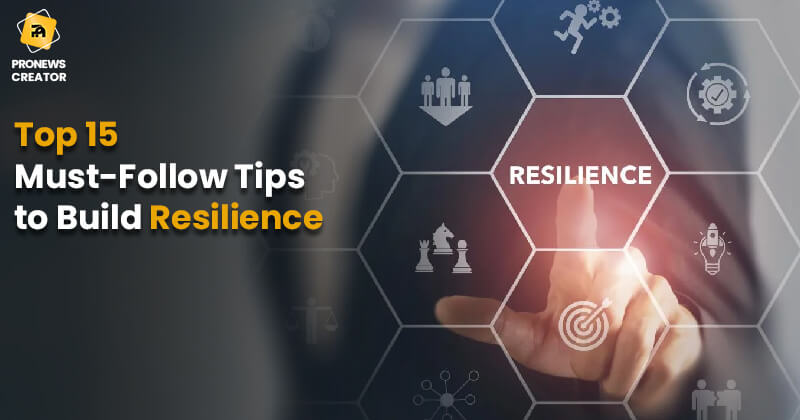Life may not arrive with a map, but everyone will encounter twists and curves.
Each change has a different impact on people, conveying a unique stream of thoughts, powerful emotions, and uncertainties.
To various people, the terms’ resilience and managing stress’ might signify different things.
Finding a feeling of purpose in emotional distress, such as the death of a valued one or the ending of a relationship, can be extremely crucial in your recovery.
There are certain tips to build resilience to minimize your stress.
Some stressors are outside our ability to control. And some stress management methods and resilience building are not always available to us.
Table of Contents
What exactly is resilience?
Resilience directs to your ability to deal with and recover from life’s challenges.
It can be the difference between dealing with stress and failing your cool. Resilient people tend to have a more optimistic outlook and manage stress more successfully.
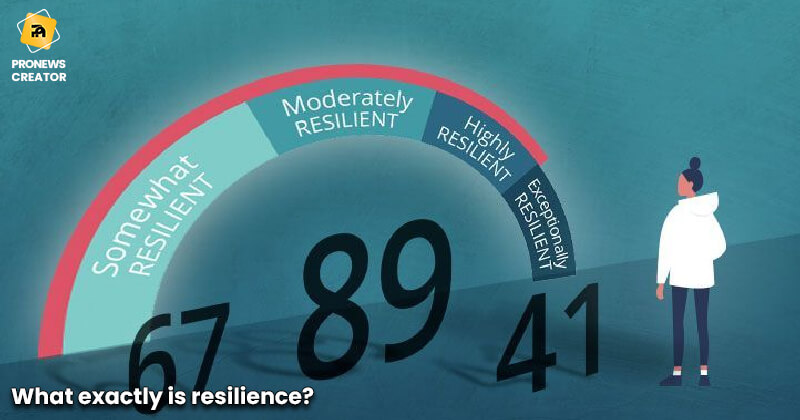
Why is resilience essential?
It can be challenging to be positive and find our equilibrium during stressful circumstances. Being resilient allows us to shield ourselves from becoming overburdened by stress, predicts well-being, and can help us avoid developing mental health problems.
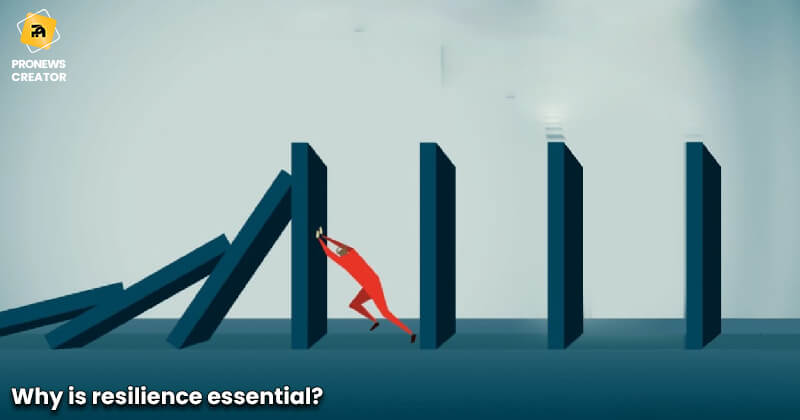
Summary of the 15 Tips to build resilience
Here are some suggestions to help you manage stress and tips to build resilience.
1. Take care of your physical health
You can reduce stress by getting enough sleep, remaining physically active, and eating a well-balanced diet. Stress might make it hard to maintain these things. However, even minor modifications can have a significant impact.

2. Plan your time
Some of us may stress because we have a lot on our plates in our lives. In this scenario, reorganizing our schedule can help us handle more in command and is one of the great tips to build resilience.

3. Establish a connection
Positive relationships with loved ones and friends may give you much-needed support, direction, and acceptance in both good and terrible times.

4. Maintain your optimism
You can’t undo the past, but you can always look ahead. Accepting and even predicting change makes it more comfortable to adjust and approach new problems less anxiously.

5. Obtain peer support
If you’re having difficulty, talking to others with matching sentiments or experiences can be beneficial. It could be done in person at a peer support group or online through a community like Mind’s Side by Side.

6. Improve Your Problem-Solving Talents
People who can come up with answers to issues tend to manage stress more productively than those who cannot.
Whenever you face a new obstacle, make a mental note of several potential solutions.

7. Take the initiative
Don’t overlook your issues. Instead, determine what needs to do, create a strategy, and get started. Although recovering after a severe setback, terrible event, or loss can take time, remember that your circumstances can improve if you work hard enough.

8. Set smaller, more manageable goals
When we are anxious, we can create lofty or unreasonable goals for ourselves easily. If we could not meet our goals, we may get even more agitated and angry. Setting smaller, more attainable goals can help us feel more content and in authority.

9. Look after yourself
Expanding attention to your desires and emotions is among the top tips to build resilience. Take part in workouts that you find enjoyable and soothing. Exercise daily. Taking care of yourself helps to keep your mind and body prepared to deal with stressful events.

10. Spend time in nature
It can aid in stress reduction and overall well-being. Try a walk in a park, caring for indoor plants, or spending time with animals. It will give you a calm feeling.

11. See if someone can assist you
You could enlist the assistance of a friend or family member to assist you with some of your everyday responsibilities. It is one of the best tips to build resilience that will allow you to devote more time to chores that are causing you to worry.

12. Recognise that change is an element of life
As a result of unfavourable circumstances, ambitions may no longer be possible. Accepting conditions you cannot alter can help you focus on those that can.

13. Attempt to find time to rest
It may be difficult if you are powerless to change a circumstance causing tension. However, if you can take a brief break, it will make you feel better. Some relaxing suggestions and exercises you can find around you.

14 Change up your activities
Try to alternate between boring and fascinating chores. And alternate stressful chores, with ones that are easier or you can complete more peacefully.

15. Take strong actions
Take action as much as possible in tough conditions. Take action rather than withdrawing from difficulties and tensions and wishing they would move away.

FAQs
When should you seek expert help?
It takes time and practice to become more robust. If you don’t sense like you’re making improvement — or are not sure where to begin — consider speaking with a mental health expert. You can increase your resiliency and mental health with the proper assistance.

What are the resilience’s seven C’s?
Here are the top 7 C’stips to build resilience:
| Confidence | Competence |
| Character | Contribution |
| Coping | Connection |
| Control |
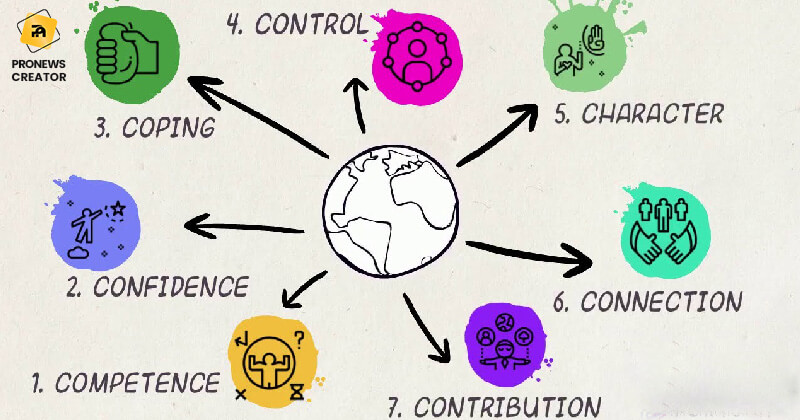
What are the four resilience pillars?
The ability to perform well in the face of adversity is resilience. The DLA resilience model possesses four pillars: mental, physical, social, and spiritual; harmonizing these four components can help you live a more fulfilling life.
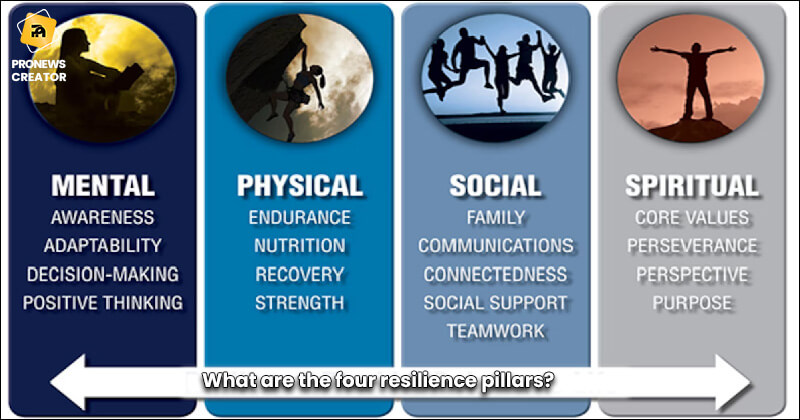
Final words
The way of adapting well in the face of adversity, trauma, disaster, hazards, or severe stress is final resilience.
Finding meaning in life’s problems can be aided by developing a sense of purpose.
Instead of getting discouraged by your failures, having a clear goal can drive you to learn from your mistakes and keep going.

